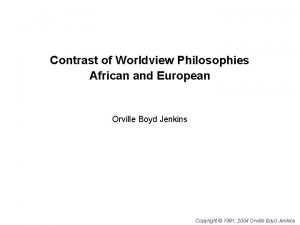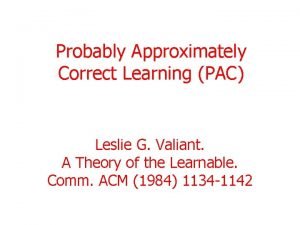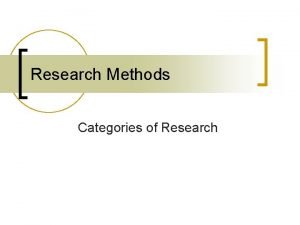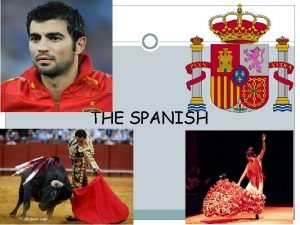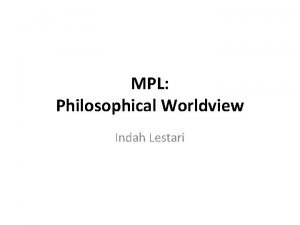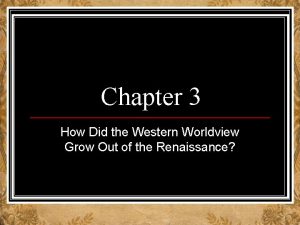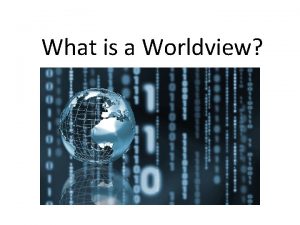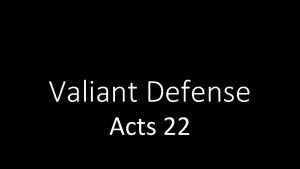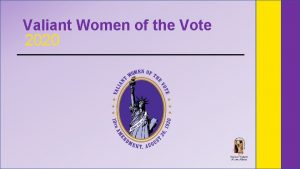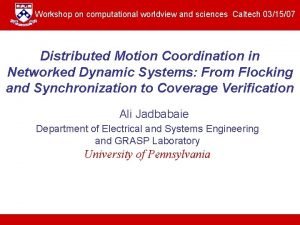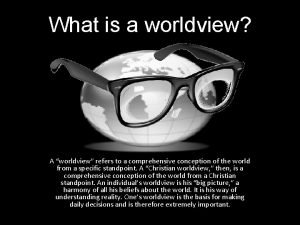Computational Worldview and the Sciences Leslie Valiant Harvard


















- Slides: 18

Computational Worldview and the Sciences Leslie Valiant Harvard University

Potential Disruptivity Index (PDI) 2? 8? PDI+PSI=10 Potential Supportivity Index (PSI) Computational Game Theory Social Networks Computational Genomics Systems Biology Quantum Computation Neuroscience Evolution 8? 2?

THESIS Some questions in Biology are best formulated analyzed in terms of appropriate Computational Models. (c. f. Turing, “Intelligent Machinery”, 1948)

1. EVOLUTION How can biological evolution, in only a few billion years, give rise to such complex mechanisms?

2. THE BRAIN How can brains, given such severe internal communication constraints, perform a sufficient set of primitives for general information processing?

Evolution Supposition that the eye could evolve “… absurd in the highest possible degree … …. eye does vary ever so slightly …” C. Darwin, Origin of Species, 1859. ? ? ? Search for 3*109 length string in 3*109 years? ?

Previous Approaches to Evolution 1. Population dynamics of genes. 2. Evolutionary computation – algorithms for optimization or learning - inspired by biology, but not necessarily constrained by it.

Evolvability Mechanisms complex if they need different behaviors on different combinations of conditions. Represent as multi-argument functions. How can mechanisms for multi-argument functions evolve from ever so slightly simpler ones in a biologically plausible manner?

output Inputs inputs

output Inputs inputs

output Inputs inputs

output Inputs inputs

Learning e. g. Perceptron Hypothesis: Example: 3 x + 4 y -7 z > 0. ( 1, 2, 0) is negative. Updated hypothesis: 2 x +2 y -7 z > 0.

Evolution of Complex Mechanisms • Evolution regarded as a constrained form of learning. • f(x 1, … , xn) is a target ideal function. It takes values on all combinations of inputs that are most beneficial. • r(x 1, … , xn) is a representation of a tentative hypothesis for f. • Can r evolve towards f inexorably? • Assume xi, f, r {-1, 1}, x from distr. D.

• Mutation is beneficial if performance increases by at least tolerance t(1/n, ). • It is neutral if tolerance does not go down by more than t, and not beneficial. • If beneficial steps available one taken with relative probability, else if neutral steps available one taken with rel. prob. • (Some robustness in defn. )

Boolean Function Classes Variables x 1, … , xn: 1. Disjunctions: e. g. x 1 x 3 x 7. True if at least one variable true. 2. Parities: e. g. x 1 x 3 x 7. True if an odd number are true.

Results Theorem 1: Parity functions are not evolvable over uniform distribution. Proof: 1. Evolvability SQ learnability. 2. Parity SQ [Kearns 98]. Theorem 2: Monotone conjunctions and disjunctions are evolvable over the uniform distribution.

Interpretation • Theory describes granularity of evolvability towards targets relative to current modules. • As modules for more targets evolve, further targets potentially become evolvable relative to these. • Evolvability a constrained form of learnability. • Evolution not more mysterious than learning.
 African worldview vs. european worldview
African worldview vs. european worldview Pac learning
Pac learning Human sciences vs natural sciences tok
Human sciences vs natural sciences tok Research objectives examples
Research objectives examples Worldview and philosophy of nursing
Worldview and philosophy of nursing Jennifer dixon accident
Jennifer dixon accident Romeo and juliet vocabulary words
Romeo and juliet vocabulary words Definition of world view
Definition of world view Cultural worldview
Cultural worldview Divine council worldview
Divine council worldview Worldview in spanish
Worldview in spanish Worldview examples
Worldview examples Our worldviews grade 8 textbook glossary
Our worldviews grade 8 textbook glossary Philosophical worldview in research
Philosophical worldview in research Eosdis earthdata login
Eosdis earthdata login Earth centered worldview
Earth centered worldview Modern western worldview
Modern western worldview Environmental world views
Environmental world views Planetary management worldview definition
Planetary management worldview definition
